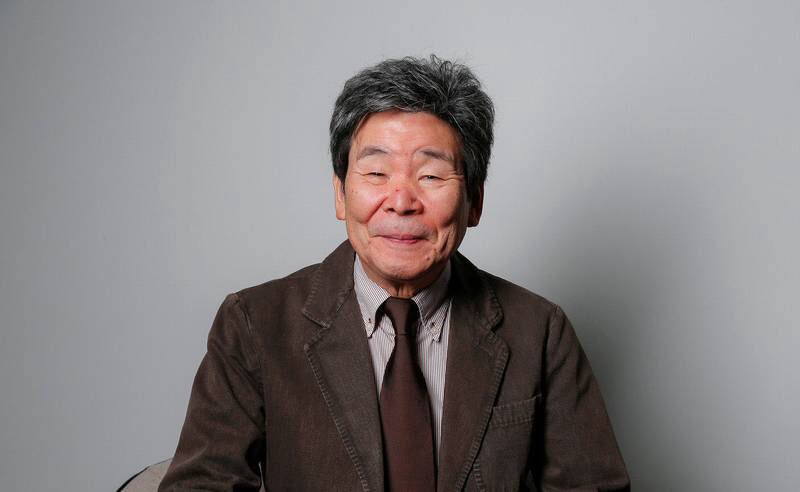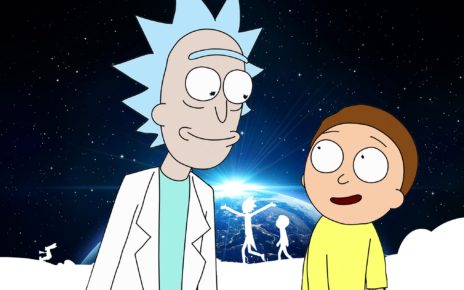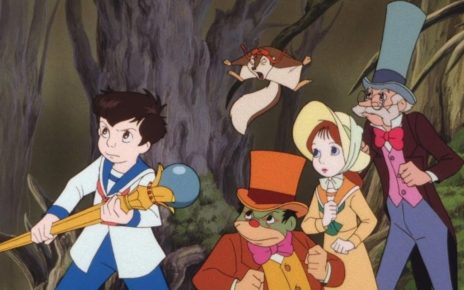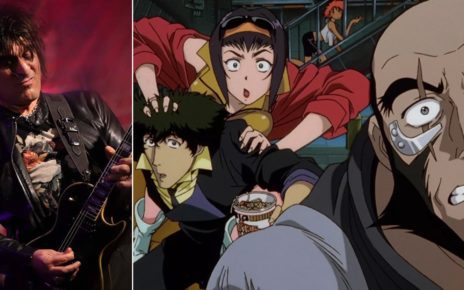Many Americans may have only encountered the great Isao Takahata, who, according to reports, died today at the age of 82, in the documentary The Kingdom of Dreams and Madness, which spotlights the processes and works of the great Studio Ghibli, and especially those of Hayao Miyazaki. In fact, their first impression of the director might have been negative, what with Miyazaki sniping constantly at his work ethic throughout the entire film.
It’s true that, compared to Miyazaki, whose remarkable filmography is not only perfect but exceedingly robust, Takahata’s own oeuvre seems a bit slim by the numbers. But the “silent titan” who directed Grave of the Fireflies, Only Yesterday, and The Tale of the Princess Kaguya—in addition to the lesser, but still superb, Pom Poko and My Neighbors the Yamadas — crafted sweeping, elegant, impeccably animated, and sometimes shatteringly moving works whose lack of popularity in the U.S. is almost criminal.

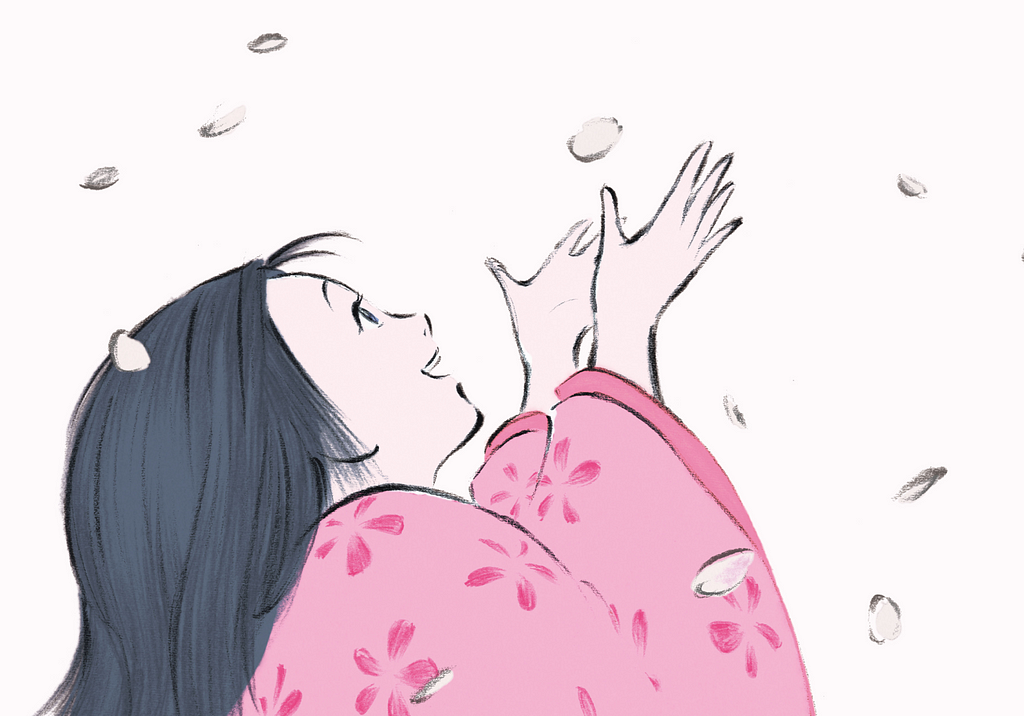
Grave of the Fireflies alone would merit Takahata’s enshrinement in whatever Valhalla animation might have. A 1988 war drama based on the 1967 semi-autobiographical short story of the same name by writer Akiyuki Nosaka, the film is set in the city of Kobe, Japan, and follows Seita and his younger sister Setsuko as they struggle to survive the final months of World War II. While Takahata—who, like Miyazaki, is an outspoken anti-war advocate—has gone on the record saying it is not an anti-war film, its achingly brutal depiction of the horrors that the people of Japan weathered during the American bombing of its countryside is one of the most harrowing arguments against violence that has ever been put to film.
We all need more films like these.
Yet The Tale of the Princess Kaguya, Takahata’s 2013 retelling of a classic Japanese folk story, The Tale of the Bamboo Cutter, may in fact be his finest achievement. Takahata—a director, producer, and animator—was willing to push the style of his animated works in different directions from those of his Ghibli co-founder; My Neighbors the Yamadas, for instance, is animated almost like a comic strip. But Kaguya, with its visual aesthetic rooted in Japanese painting and a delicate, patient pace, has a style that can only be described as “transcendent.” (That it is the most expensive Japanese movie to date should surprise no one; that it was nominated for, but did not win, an Academy Award is a crime that should be punishable by exile from the Academy.)
There is a possibility that Takahata was working—slowly, as was his way—on a movie when he died. There is a possibility that we’ll never see it. That would be a tragedy—almost as much of one as the tragedy of his under-appreciation in the West. May that change now, and swiftly. We all need more films like these.
Fans of the directors’ work are already posting videos and paying tribute to his legacy on Twitter.
He directed one of the most powerful films I’ve ever had the pleasure of watching. RIP Isao Takahata. https://t.co/9UBOEXrkXR
@Chris_Stuckmann His films are not only animated masterpieces, but are also masterpieces of world cinema! I'm still stunned to learn that he has just passed away. Takahata's work will live on as long as people keep watching/admiring/preserving them for generations to come. RIP Isao Takahata https://t.co/8asZ8Wuorj
Saddened to hear reports from Japan that Isao Takahata has passed. His films have inspired me for years. A major loss. RIP.
RIP Isao Takahata, the silent titan at Ghibli.
Thanks for reading The Dot and Line, where we talk about animation of all kinds. Don’t forget to for this article and follow us on Twitter and Facebook.


